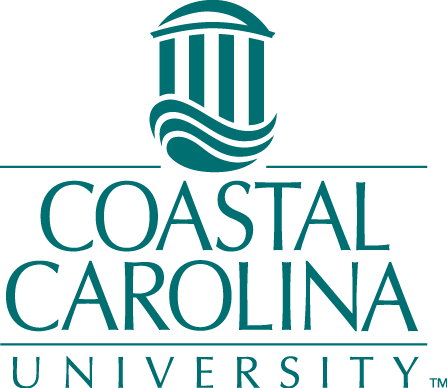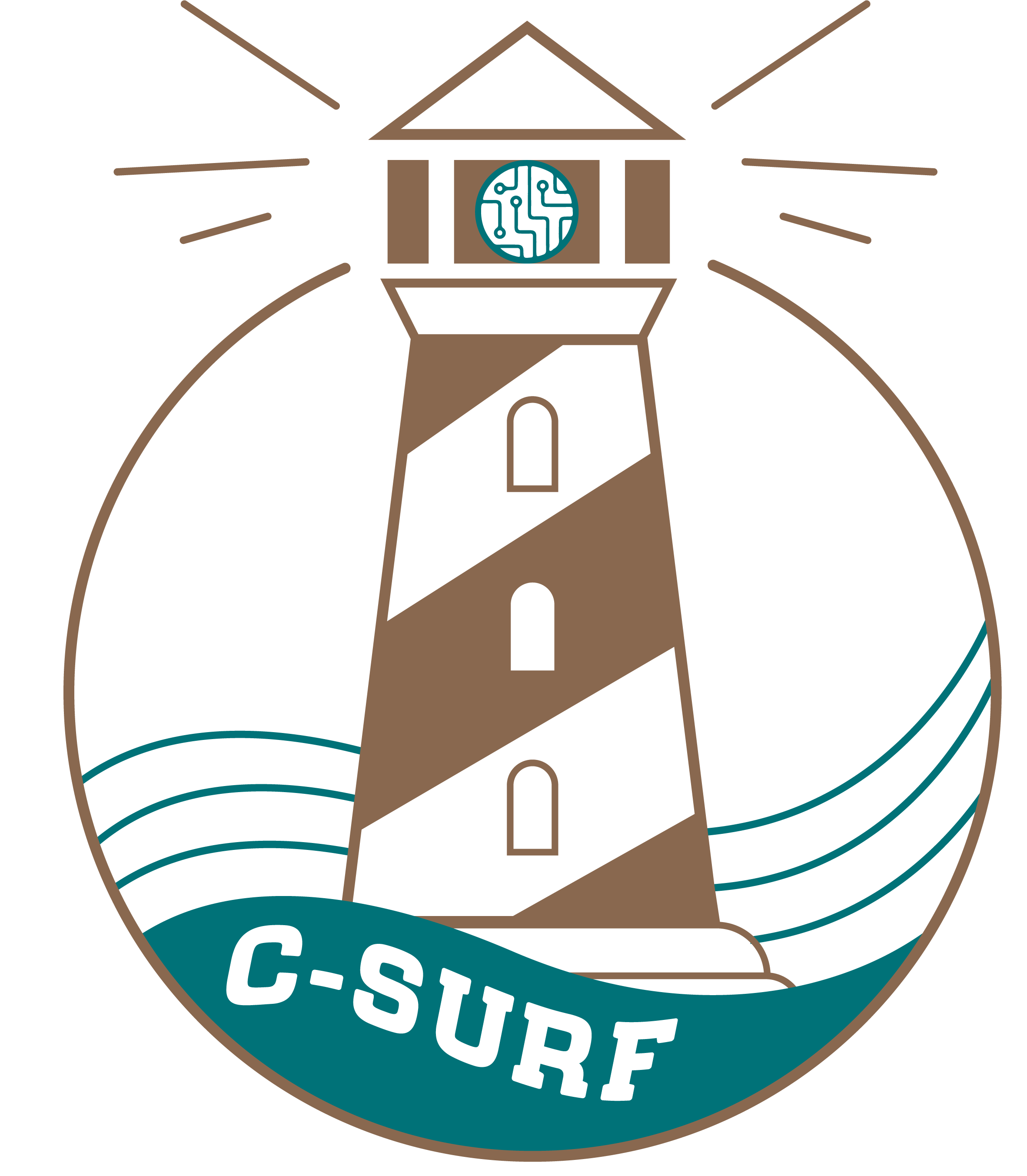 |
Title Chlorophyll Dynamics at an Ocean-facing Sandy Beach
Abstract Sandy sediments, once perceived as relatively inactive, have been shown by several studies to harbor biogeochemical processes that are vital to coastal ecosystems. Microbial photosynthesizers drive nutrient cycling between the water column and sandy sediments, establishing ecological stability and wellness in beaches on a global scale. In this study, chlorophyll concentrations in sandy sediments was used as a proxy to determine photosynthesizer abundance at six distinct features along an ocean-facing restricted-access sandy beach on Waties Island in Northern South Carolina. A total of 240 sand samples were collected at low tide on eleven distinct time points over eight days in June and July 2019 to determine the effect of sunlight intensity on photosynthesizer activity in beach sand. Our findings document a peak in chlorophyll concentration (2.5+/-0.2 microgram per gram dry sediment), i.e., photosynthesizer abundance, at solar noon, i.e., time of maximum sunlight intensity, in extensive colored sand patches that evolve in the upper intertidal zone during low tide regardless of time of day. Chlorophyll concentrations were not influenced by time of day alone in other sampled features, with chlorophyll concentrations varying between 0.3-1.1 microgram per gram dry sediment. The lowest chlorophyll concentration values overall (0.3-0.6 microgram per gram dry sediment) were measured in the shallow subtidal, a feature constantly under the influence of physical mixing. We also documented greenish patches that evolve above the “biofilm”- rich zone late in the day and are characterized by chlorophyll concentrations that are 25% higher than those of colored sand patches. Location along the intertidal zone, timing of low tide, photoinhibition, and physical mixing may all play a role in the development and persistence of microphytobenthic biofilms. By gaining a deeper understanding of the role of microphytobenthos in beach sand biogeochemistry, the ecological well-being of coastal shorelines can be significantly prolonged.
Faculty Advisor: Angelos Hannides, Marine Science
Graduate Student Mentor: Kaitlin Dick, Marine Science
|


